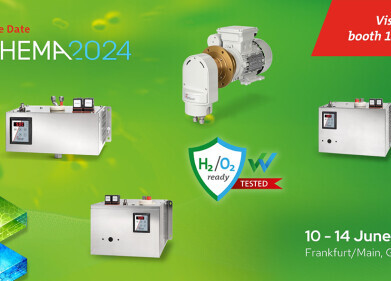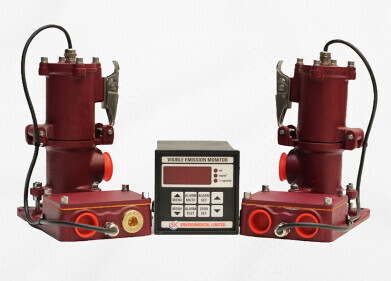Air Monitoring
How to Monitor Mercury Emissions
Jun 13 2018
Gasmet has assembled a comprehensive set of materials providing the latest information on mercury as a pollutant; the sources of mercury; the latest regulatory initiatives; and guidance on how to comply with existing and upcoming emissions monitoring regulations. All of the information can be accessed via the Gasmet Blog.
In recent years, mercury levels in the environment and in the food chain have risen substantially – largely as a result of human activity. As a long-range, highly toxic and bioaccumulative pollutant, the health effects of mercury are becoming better understood and there is a growing global movement calling for tighter mercury emissions regulations.
Around half of global mercury emissions come from human activities such as mercury mining, the use of mercury in products and in industrial processes including coal combustion, cement production and waste incineration.
The EU’s Community Strategy concerning Mercury includes 20 actions to reduce mercury emissions, to cut mercury supply and demand, and to protect people from exposure. In addition, the European Commission’s Joint Research Centre developed new EU environmental standards for large combustion plants (LCP). The new specifications stem from a review of the Best Available Techniques (BAT) Reference Document for Large Combustion Plants, the so-called LCP BREF. It includes new BAT-associated emission levels (BAT-AELs) and sets new monitoring requirements, e.g. for mercury. The BAT conclusion was published on 17th August 2017 in the Official Journal of the EU, and will come into effect with a four years transition period.
In the United States, the Environmental Protection Agency regulates and manages mercury emissions, according to the Clean Air Act with U.S. EPA test methods.
Mercury test methods include:
• Cold vapor atomic absorption spectroscopy CVAA
• Cold vapor atomic fluorescence spectroscopy CVAF
• Differential Optical Absorption Spectrometry DOAS
• Sorbent Trap method (non-continuous)
The Gasmet Blog discusses these methods and explains why recent certification of the company’s Continuous Mercury Monitor (CMM) is so important for being able to meet the sensitivity requirements of current and future mercury emission monitoring regulations.
For further information please click here to visit our website or email us.
Digital Edition
IET 34.2 March 2024
April 2024
Gas Detection - Biogas batch fermentation system for laboratory use with automatic gas analysis in real time Water/Wastewater - Upcycling sensors for sustainable nature management - Prist...
View all digital editions
Events
May 05 2024 Seville, Spain
May 06 2024 Minneapolis, MN, USA
May 13 2024 Munich, Germany
May 15 2024 Lund, Sweden
May 15 2024 Frankurt-am-Main, Germany


















